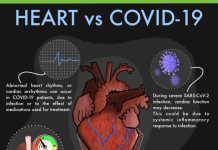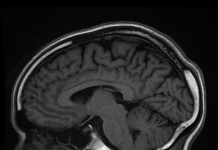Wearable devices have become prevalent and are increasingly gaining ground. These devices usually interface biomaterials with electronics. Some wearable electro-magnetic devices act as mechanical energy harvesters to supply energy. Currently, no “direct electro-genetic interface” is available. Hence, wearable devices cannot directly program gene-based therapies. Researchers have developed the first direct electro-genetic interface which enables transgene expression in human cells. Named DART (DC current-actuated regulation technology), it uses a DC supply to generate reactive oxygen species that act on synthetic promoters for expression. In a type 1 diabetic mouse model, the device stimulated subcutaneously implanted engineered human cells to release insulin that restored normal blood sugar level.
Wearable electronics devices such as smartwatches, fitness trackers, VR headsets, smart jewellery, web-enabled glasses, bluetooth headsets and many health-related devices are commonplace these days and are increasingly gaining ground particularly in health. Usually non-invasive, health-related devices interface biomaterials (including enzymes) with electronics and are used to monitor mobility, vital signs and biomarkers in biofluids (sweat, saliva, interstitial fluid and tears). Some wearable devices electro-magnetic devices also act as mechanical energy harvesters to supply energy.
Interconnected wearable devices play a key role in collecting individuals’ health data which can come handy in providing personalised health care including gene-based therapies. Type 1 diabetes is one such condition where a wearable monitoring device could stimulate and control expression of insulin in sub-dermally implanted engineered human cells to release insulin and restore normal blood sugar level. Devices would need an electro-genetic interface to control gene expression. But due to unavailability of any functional communication interface, electronic and genetic worlds remain largely incompatible, and wearables have not yet developed to provide gene-based therapies.
Researchers at ETH Zurich, Basel, Switzerland have recently succeeded in developing such an interface that enabled an electronic device to communicate with genetic world through use of low-level DC current. Named DART (direct current-actuated regulation technology), this generates non-toxic levels of reactive oxygen species to reversibly fine-tune synthetic promoters. In a mouse model, its application successfully stimulated engineered human cells implanted under skin to release insulin and restore blood sugar level.
At the moment, DART looks promising, but it has go through the rigours of clinical trials and prove its worthiness in terms of safety and efficacy. In future, wearable electronic devices with DART may be in position to directly program metabolic interventions.
***
References:
- Kim J., et al., 2018. Wearable Bioelectronics: Enzyme-Based Body-Worn Electronic Devices. Acc. Chem. Res. 2018, 51, 11, 2820–2828. Publication Date: November 6, 2018. DOI: https://doi.org/10.1021/acs.accounts.8b00451
- Huang, J., Xue, S., Buchmann, P. et al. 2023. An electrogenetic interface to program mammalian gene expression by direct current. Nature Metabolism. Published: 31 July 2023. DOI: https://doi.org/10.1038/s42255-023-00850-7
***




































